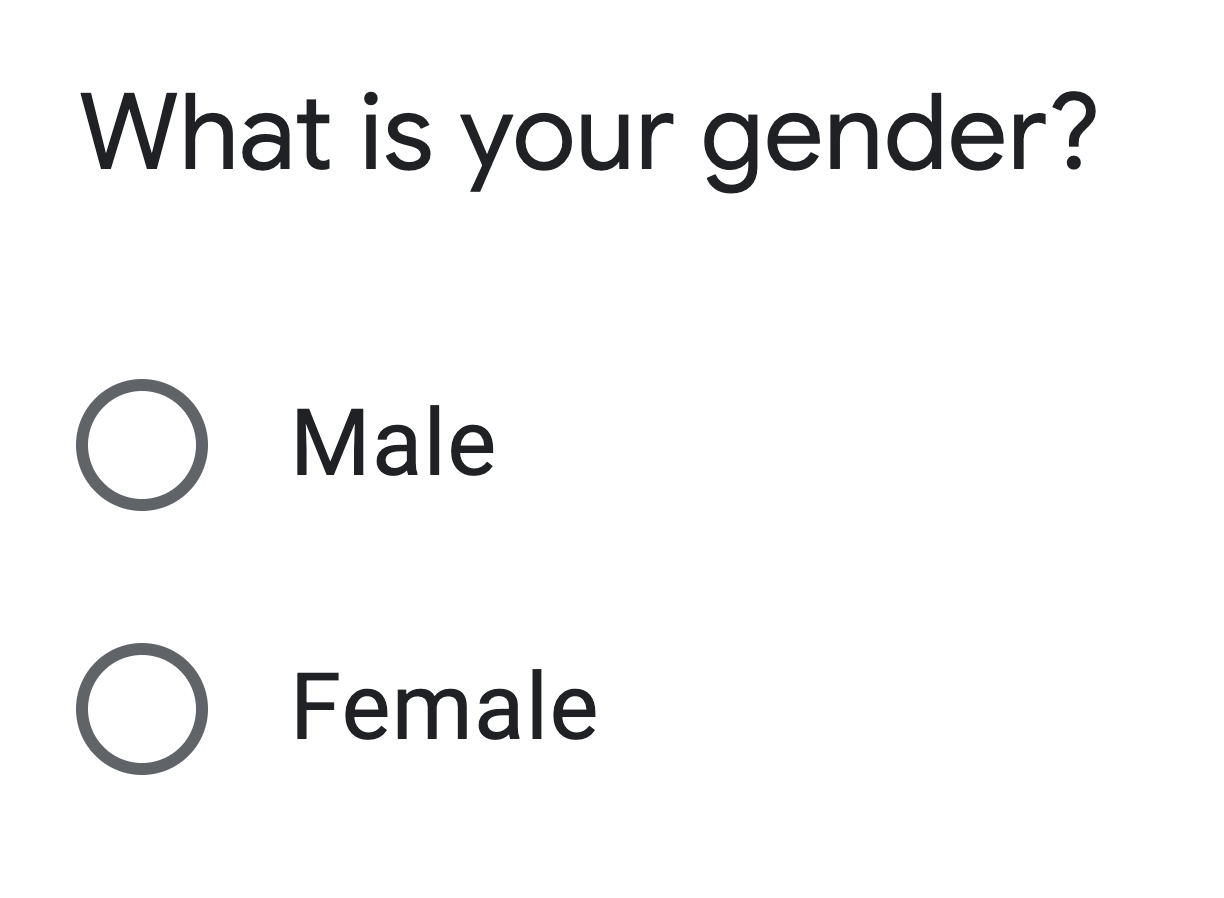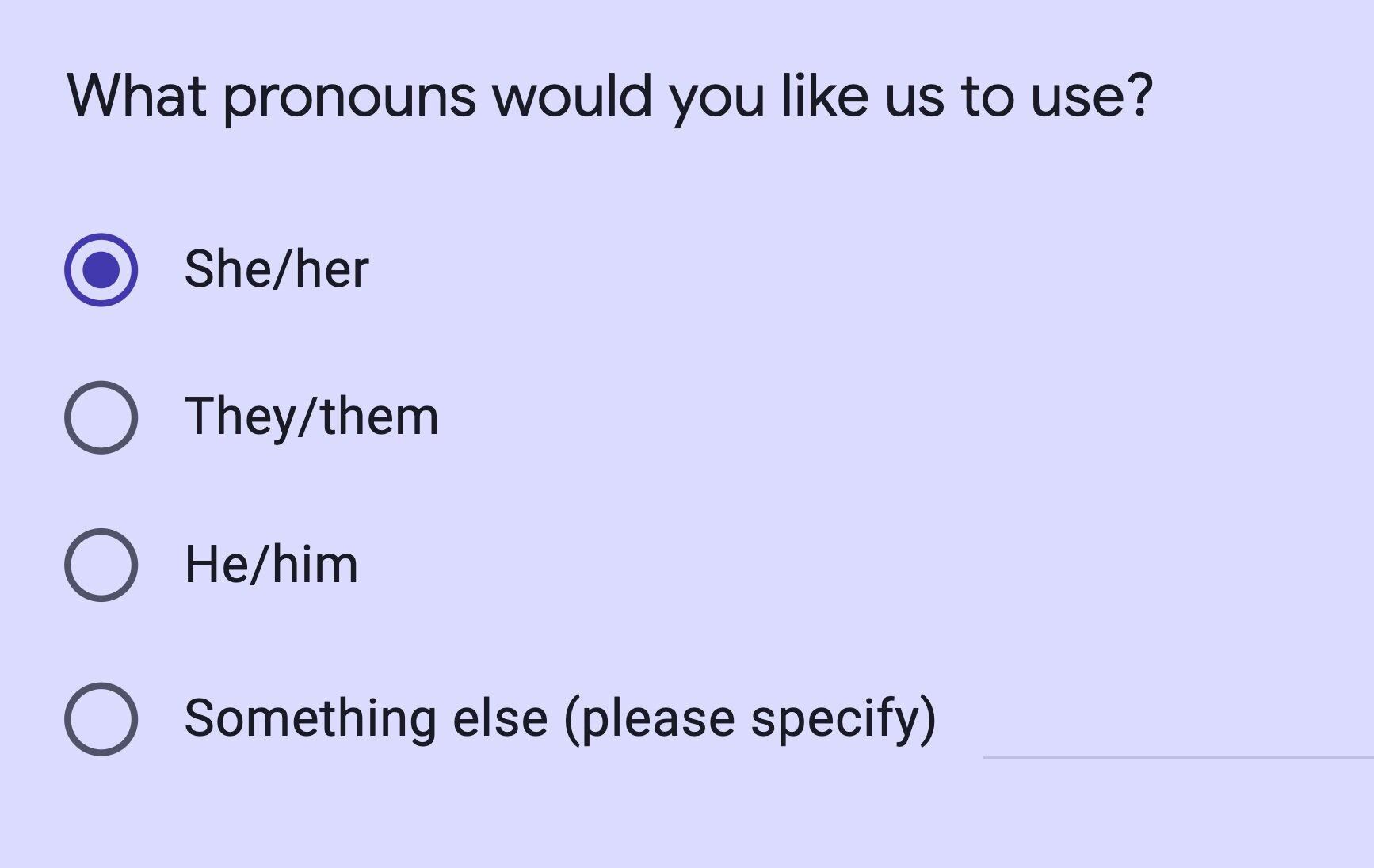Asking someone’s gender is a de facto part of most sign-ups.
You can find the question on websites and forms absolutely everywhere.
The latest guidelines on best practice emphasise how important it is to be inclusive in the way you ask the question - but most fall short of this standard.
We’ve put a series of features together sourced from the findings of think-tanks and advisory bodies to provide advice on becoming more inclusive, and we’re kicking off with a short 101 on how best to approach the gender question.
A quick overview
Imagine you’re a gender non-binary person signing up for a service, and you’re asked this question:


